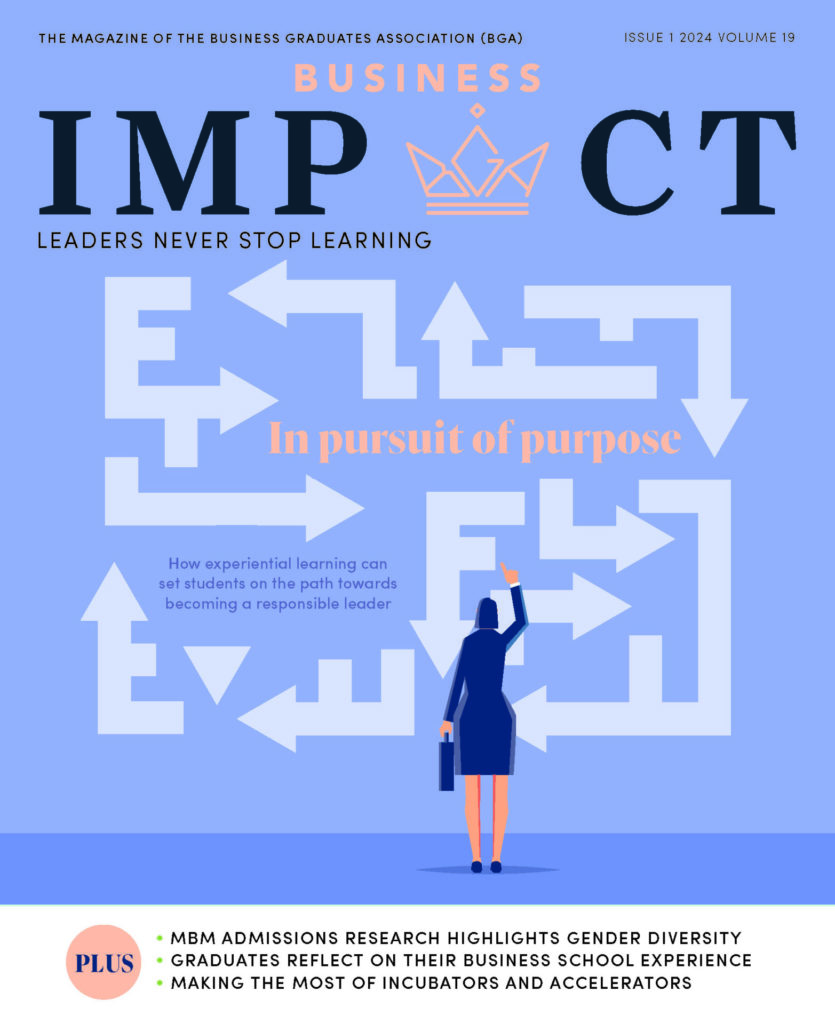“Anyone who stops learning is old, whether at 20 or 80. Anyone who keeps learning stays young. The greatest thing in life is to keep your mind young.” Henry Ford.
At the start of a fresh year, your thoughts may have turned to the learning you can achieve in 2023. Whether that’s learning a new skill for a hobby, or to further your career. In the past, learning may have centred on a technical, digital, or ‘hard’ skill – a new language, code, or tool, for instance. But times are changing and I want to draw your attention to power skills. These describe skills that can be transferred from role to role, project to project; skills that give you the power to shape your career and build a more responsive and agile workforce.
Business-critical skills
Power skills are becoming more critical as businesses grapple with ever-changing markets and emerging technologies. For individuals, cultivating your power skills can give you broader career options both inside your current organisation and externally.
That’s why power skills regularly rank in the top 10 skills being developed and searched for on upskilling platform, Degreed. The top 10 skills for November 2022, for instance were:
- Leadership
- Data analytics
- Change management
- Project management
- Machine learning
- Design thinking
- Microsoft Excel
- Problem solving
- Agile development
- Entrepreneurship
Seven out of the 10 skills on this list would count as power skills (and conversely, you could also argue that a skill like using Microsoft Excel and being able to do data analysis also carry across multiple roles and departments).
The importance of learning agility
I would add an additional skill to this list, that is learned while you’re upskilling in these (and other) skills. It’s called ‘learning agility’ and it describes a mindset and habit towards learning that means you are continuously learning and able to adapt to change. This skill is vital in today’s economy, because the half-life of skills is around five years and dropping fast. In the future, you’ll be expected to grow new skills at an increasingly rapid pace. What you use and know today will be out of date in just a handful of years.
How to build power skills
There are a range of ways to build power skills and many of them are outside traditional, classroom-based learning. For good reason, you cannot learn something like ‘leadership’ effectively if you’re dictated its theory by a glassy-eye professor at the front of a class.
The best way to learn a power skill is through hitting it at different angles. There are many different learning opportunities that forward-thinking organisations are offering their people including peer learning, academies, experiential learning (on-the-job opportunities) and online learning pathways.
Practising a power skill
Combining theory with practice will enable you to learn the basics about a power skill first and then stretch that skill through practical implementation. My colleague, Degreed’s chief learning and talent officer, Kelly Palmer, has a brilliant example of this from her time as CLO at LinkedIn. Her team created a peer-learning programme called Conscious Business that focused on building power skills.
One of those skills was the ability to have difficult conversations. In the peer-based environment of the programme, colleagues were able to bring examples of difficult conversations they had recently had and learn from each other. One participant, John, had an example where a teammate, Mark, had missed some deadlines. During the conversation, Mark became defensive and John left it feeling awkward and with little progress made. Sharing this with the peer-learning group allowed John to find new solutions based on similar experiences from his peers, and the entire group learned techniques on how to better handle difficult conversations.
Measuring your power skills
For business leaders, another important aspect to building power skills in your organisation is to measure them effectively. Unlike hard skills that can be easily measured with an assessment or credential, power skills are slightly more nuanced. I would recommend that business leaders broaden the way they measure someone’s skills, based on any stretch assignments, academies, or peer-learning programmes that they have completed. Alongside this, peer and manager feedback, as well as self-ratings, can add more insights into someone’s skill level.
For individuals, I would suggest collecting evidence of you building and practicing a particular power skill. Make a note of any practical experiences you have, including stretch assignments, temporary redeployments to another team, side gigs, volunteering, mentoring and peer learning (and teaching others). Additionally, curate any theoretical learning into a skills profile, including any books you’ve read, podcasts or videos, online courses, blogs and articles. This gives you leverage when going for a career move internally or communicating your skills during the recruitment process.
Evolving alongside careers
Learning is no longer contained to the classroom nor your early years. It will be your partner, evolving alongside your career. That’s what makes power skills worth focusing your efforts on, as they give you more longevity and resilience when compared to a technical skill that will expire in a couple of years.








